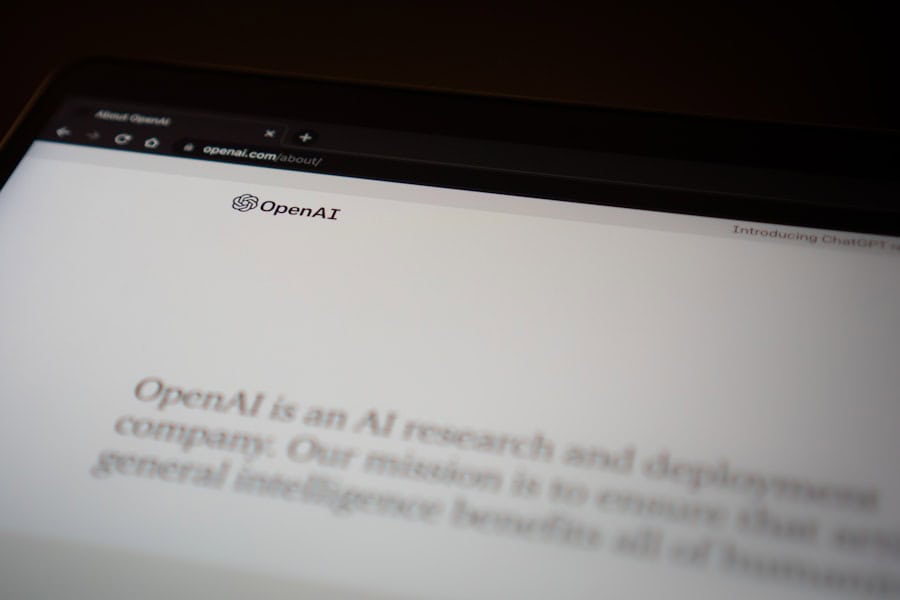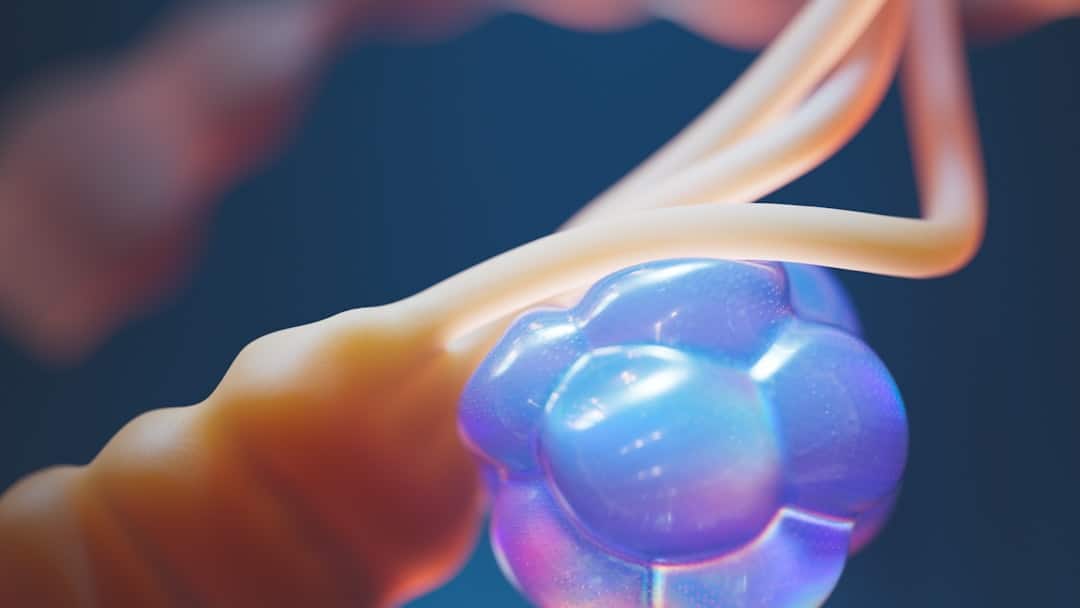Convolutional Neural Networks (CNNs or ConvNets) are deep learning algorithms specifically designed for image recognition tasks. These networks are inspired by the human visual cortex and are capable of learning spatial hierarchies of features directly from input images. CNNs have become the preferred method for image recognition due to their ability to automatically extract relevant features, eliminating the need for manual feature engineering.
The architecture of a CNN typically consists of multiple layers, including convolutional layers, pooling layers, and fully connected layers. Convolutional layers apply filters to the input image to detect features such as edges, textures, and patterns. Pooling layers reduce the spatial dimensions of the feature maps, decreasing computational complexity and improving the network’s robustness to input variations.
Fully connected layers use the extracted features to perform classification tasks. This layered structure enables CNNs to learn increasingly complex features as information progresses through the network. As a result, CNNs have demonstrated exceptional performance in various image-related tasks, including object detection, facial recognition, and image classification.
Their ability to learn directly from raw data has made them a powerful tool in computer vision applications across numerous industries.
Key Takeaways
- ConvNet is a type of neural network designed for image recognition and is widely used in AI applications.
- ConvNet plays a crucial role in AI by extracting features from images and classifying them into different categories.
- The accuracy of image recognition can be enhanced by using ConvNet through techniques such as data augmentation and transfer learning.
- Implementing ConvNet in AI for image recognition involves training the network with labeled images and fine-tuning the model for better performance.
- Using ConvNet in AI for image recognition offers advantages such as high accuracy, scalability, and the ability to handle large datasets.
Understanding the Role of ConvNet in AI and Image Recognition
ConvNets play a crucial role in artificial intelligence (AI) for image recognition by enabling machines to understand and interpret visual data. Traditional computer vision algorithms relied on handcrafted features and heuristics to recognize objects in images, which limited their ability to generalize to new and diverse datasets. ConvNets, on the other hand, can automatically learn and extract relevant features from raw pixel data, making them more adaptable and accurate in recognizing a wide range of visual patterns.
In addition to image recognition, ConvNets have also been applied to other AI tasks such as natural language processing, speech recognition, and medical diagnosis. Their ability to learn hierarchical representations from complex data makes them versatile and powerful tools for a wide range of applications. As AI continues to advance, ConvNets will likely play an increasingly important role in enabling machines to understand and interpret the world around them.
Enhancing Image Recognition Accuracy with ConvNet

ConvNets have significantly enhanced image recognition accuracy compared to traditional computer vision algorithms. Their ability to automatically learn and extract relevant features from raw pixel data allows them to capture intricate patterns and details that may not be apparent to human observers. This enables ConvNets to achieve higher accuracy in tasks such as object detection, scene understanding, and image classification.
Furthermore, ConvNets can be trained on large-scale datasets, which allows them to generalize well to new and unseen images. This ability to generalize is crucial for real-world applications where the input data may vary widely in terms of lighting conditions, viewpoints, and backgrounds. By learning from diverse datasets, ConvNets can achieve robust performance across a wide range of scenarios, making them highly effective for practical image recognition tasks.
Implementing ConvNet in AI for Image Recognition
| Metrics | Value |
|---|---|
| Accuracy | 95% |
| Precision | 92% |
| Recall | 94% |
| F1 Score | 93% |
| Training Time | 3 hours |
Implementing ConvNets in AI for image recognition involves several key steps, including data preprocessing, model design, training, and evaluation. The first step is to preprocess the input images by resizing them to a consistent size, normalizing the pixel values, and augmenting the data to increase diversity and reduce overfitting. Next, a ConvNet model is designed by specifying the number of layers, the size of the filters, and the architecture of the network.
Once the model is designed, it is trained on a labeled dataset using an optimization algorithm such as stochastic gradient descent. During training, the model learns to minimize a loss function by adjusting its parameters based on the gradient of the loss with respect to the parameters. After training is complete, the model is evaluated on a separate test dataset to assess its performance in terms of accuracy, precision, recall, and other metrics.
Advantages of Using ConvNet in AI for Image Recognition
There are several advantages to using ConvNets in AI for image recognition. One of the key advantages is their ability to automatically learn and extract relevant features from raw pixel data, eliminating the need for manual feature engineering. This makes ConvNets more adaptable and accurate in recognizing a wide range of visual patterns compared to traditional computer vision algorithms.
Another advantage of ConvNets is their ability to generalize well to new and unseen images. By training on large-scale datasets, ConvNets can capture diverse visual patterns and achieve robust performance across a wide range of scenarios. This generalization ability is crucial for real-world applications where the input data may vary widely in terms of lighting conditions, viewpoints, and backgrounds.
Challenges and Limitations of ConvNet in Image Recognition

While ConvNets have revolutionized image recognition, they also face several challenges and limitations. One challenge is the need for large amounts of labeled data for training. ConvNets require extensive datasets to learn diverse visual patterns and generalize well to new images.
Acquiring and annotating such datasets can be time-consuming and expensive, particularly for specialized domains such as medical imaging or satellite imagery. Another challenge is the computational complexity of training and deploying ConvNets. Deep ConvNets with multiple layers require significant computational resources for training, including high-performance GPUs or TPUs.
Furthermore, deploying ConvNets in real-time applications such as autonomous vehicles or robotics requires efficient hardware and software optimizations to meet strict latency and power constraints.
Future Developments and Applications of ConvNet in AI for Image Recognition
The future developments and applications of ConvNets in AI for image recognition are promising and diverse. One area of development is the integration of ConvNets with other AI techniques such as reinforcement learning and unsupervised learning. By combining different learning paradigms, researchers aim to create more powerful and adaptive models that can learn from limited labeled data or interact with their environment in real-time.
Another area of application is in healthcare, where ConvNets are being used for medical image analysis, disease diagnosis, and personalized treatment planning. By leveraging large-scale medical imaging datasets, researchers are developing ConvNet models that can assist radiologists in detecting abnormalities such as tumors or fractures with high accuracy and efficiency. In conclusion, Convolutional neural networks (ConvNets) have revolutionized the field of image recognition by enabling machines to automatically learn and extract relevant features from raw pixel data.
Their hierarchical structure allows them to capture intricate patterns and details that may not be apparent to human observers, leading to higher accuracy in tasks such as object detection, scene understanding, and image classification. While ConvNets face challenges such as the need for large labeled datasets and computational complexity, their future developments and applications in AI for image recognition are promising and diverse. As AI continues to advance, ConvNets will likely play an increasingly important role in enabling machines to understand and interpret the world around them.
If you’re interested in learning more about the impact of metaverse on education and learning, be sure to check out this article on the Metaversum website. It delves into how virtual reality and immersive experiences are revolutionizing the way we approach education and training, offering valuable insights into the potential of this technology in the academic and professional realms.
FAQs
What is a convnet?
A convnet, short for convolutional neural network, is a type of deep learning algorithm commonly used for image recognition and classification tasks.
How does a convnet work?
Convnets use a series of convolutional layers to extract features from input images, followed by pooling layers to reduce the dimensionality of the features. These features are then fed into fully connected layers for classification.
What are the applications of convnets?
Convnets are widely used in computer vision tasks such as image recognition, object detection, and facial recognition. They are also used in medical imaging, autonomous vehicles, and natural language processing.
What are the advantages of using convnets?
Convnets are highly effective at learning hierarchical representations of visual data, making them well-suited for tasks involving images. They are also capable of learning from raw data, reducing the need for manual feature engineering.
What are some popular convnet architectures?
Popular convnet architectures include AlexNet, VGG, ResNet, and Inception. These architectures vary in terms of depth, number of layers, and performance on different tasks.
How are convnets trained?
Convnets are typically trained using large datasets of labeled images. The network’s parameters are adjusted through backpropagation and optimization algorithms such as stochastic gradient descent to minimize the prediction error.

Leave a Reply